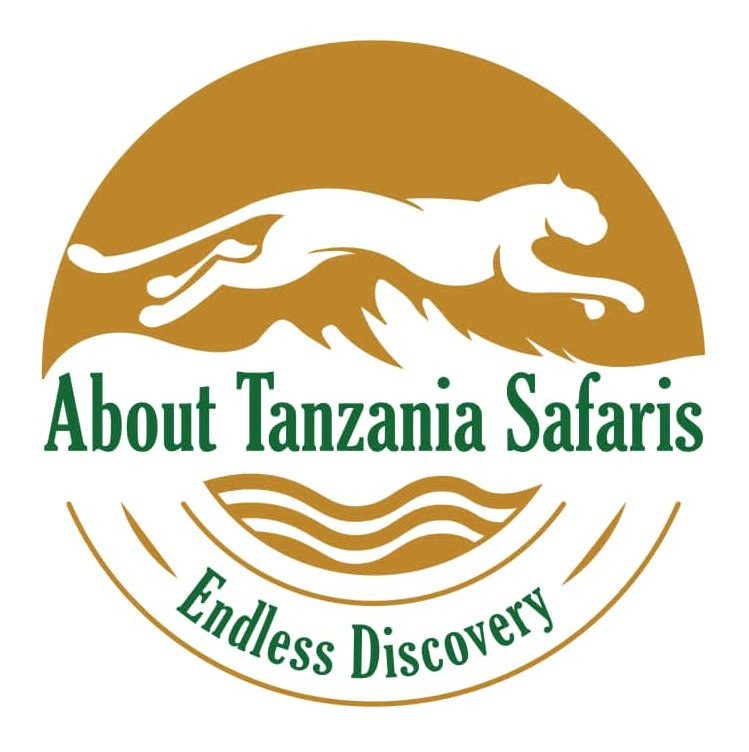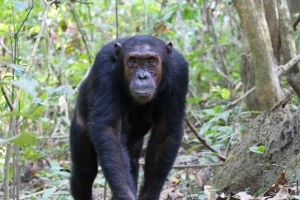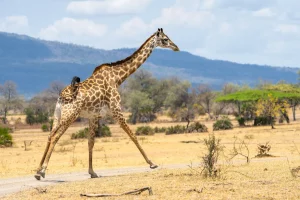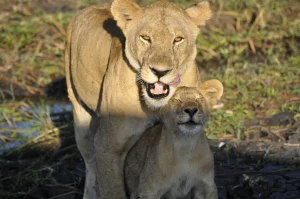Lake Manyara National Park is dominated by a shallow, alkaline lake at the base of the Rift Valley escarpment. It is famous for its tree-climbing lions and large elephant herds. The park entrance leads to a jungle-like groundwater forest, which is home to large numbers of olive baboons and blue monkeys. A thrilling 370-meter (1,200-foot)-long treetop walkway offers a bird’s-eye view into this unique habitat.
Pros and Cons of Lake Manyara
- Very relaxed elephants to view at close range
- Stunning scenery
- Superb birding
- Near Arusha, en route to Ngorongoro Crater and Serengeti National Park
- Activities include canoe safaris, night drives, and a treetop walkway.
- Rarely crowded in the morning
- Limited game-drive circuit
- Limited accommodation inside the park, but plenty just outside
- Crowded with day visitors (mainly in the afternoons)
Wildlife
Due to Lake Manyara’s high water level in recent years, there isn’t a game-drive track following the shore anymore. This has unfortunately changed the quality of wildlife viewing and birding considerably. However, four of the Big Five are present (Rhino is absent). Animals easily seen include buffalo, elephants, giraffes, zebras, and wildebeests. Look out for solitary bushbucks creeping around in the forest undergrowth and pairs of klipspringers balancing on rocks near the hot springs (Maji Moto). Lake Manyara National Park is known for its legendary tree-climbing lions and impressively tusked elephants. Large buffalo, wildebeests, and zebra herds gather on the grassy plains. The escarpment is home to a dense leopard population, but you’ll need some luck to see one of these secretive big cats. The forest patch at the entrance of the park is home to habituated troops of olive baboons and blue monkeys. The occasional bushbuck can also be spotted here, darting off in the undergrowth. Cute little dik-diks with their Bambi eyes and wriggly noses are common, and klipspringer pairs are sometimes seen balancing on the rocks at the far south of the park.
The Best Time for Wildlife Viewing
Although Lake Manyara offers reasonable wildlife viewing throughout the year, the dry season (June to October) is the best time. Wildlife is easier to spot because vegetation is thinner and animals gather around predictable water sources. The wet season (November to May) offers the most beautiful scenery, but March and April tend to have a lot of rainfall.



